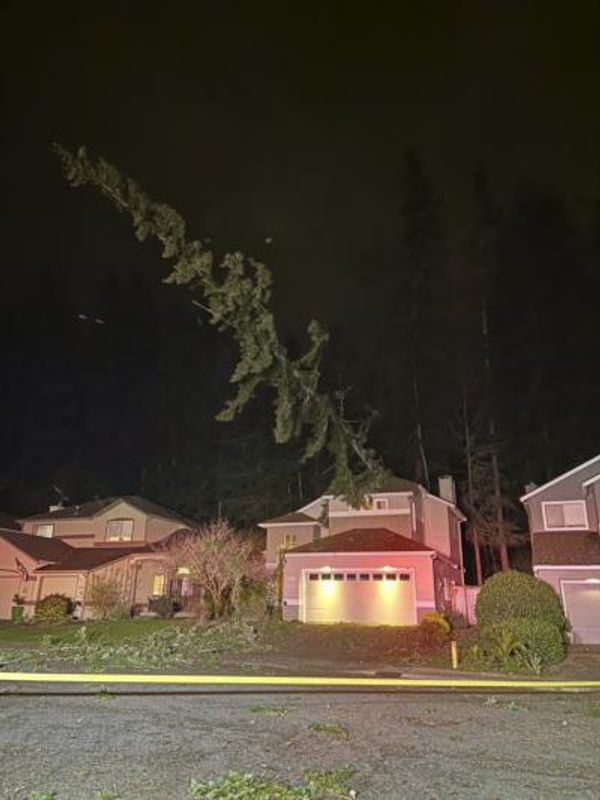
In what is proving to be a vintage year for birdwatchers, this autumn has been a classic one for North American landbirds arriving on UK shores.
At the last count, more than 50 individual birds of 15 ultra-rare species had been found, including three “megas”, as birders call them. These were Britain’s first Canada warbler, second bay-breasted warbler and third and fourth magnolia warblers.
If you imagine that these are dull, greenish-brown birds like our own warblers, then think again. These are American “wood-warblers” of the family Parulidae, whose plumage – even in autumn – is a galaxy of rich, bright colours.
The reason so many of these birds were turning up – almost all of them along the west coasts of Britain and Ireland – was because of the movement of Hurricane Lee up the eastern seaboard of the US. As it progressed, it met migrant birds heading south, on their way to spend the winter in the tropics, and swept them out over the Atlantic Ocean and towards us.
The tragedy is those that were found here are just a tiny fraction of the total, the vast majority of which would have perished before they could make landfall.
And, as with the tropical seabirds featured in this column last month, while birders are delighted, the bigger picture is that more extreme weather, including more frequent hurricanes, is very bad news for these birds’ long-term survival.







